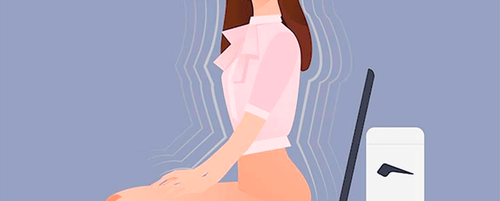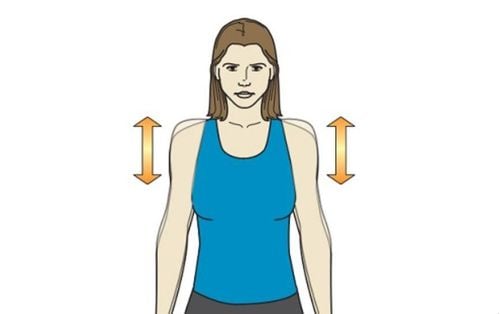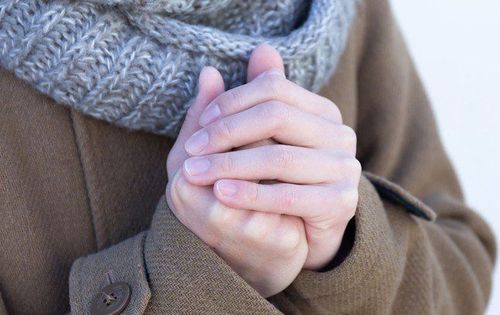Our body temperature usually remains constant, but there are many cases where it drops for some reason. If this condition persists, it can significantly affect blood circulation.
1. Why Do We Experience Hypothermia?
The average body temperature is 37°C, but it can vary slightly from person to person. A body temperature ranging from 36.1°C to 37.2°C is considered normal. However, if your body temperature is measured below this range for any reason, it is called hypothermia. There are many causes of hypothermia in humans, some of which include:
• Frigid environmental temperature: When the environmental temperature is too cold and the body is not protected by warm clothing, body temperature can drop.
• Poor Health: When infected with bacteria or viruses, the body may lower its temperature as it fights off germs; always feeling cold can also be due to anemia or hypothyroidism.
• Alcohol Consumption: Although it may seem that drinking alcohol can warm you up, in reality, alcohol reduces the ability to perceive temperature changes in the environment and decreases the body's ability to regulate its temperature. Therefore, in a cold environment, you are more likely to experience hypothermia.
Aging: As we age, the body's temperature sometimes becomes lower as a natural part of the process. This is due to a decrease in the basal metabolic rate in older individuals.
2. Some Measures to Increase Body Temperature
2.1 Quick Measures to Increase Temperature
• Jumping jacks: A few quick jumping jacks in a safe place can help increase heart rate and circulation, thus increasing body temperature. If you overdo it, high intensity can lead to a short-term decrease in temperature as the body sweats.
• Walking: If you are outside in a cold environment, keep moving to avoid hypothermia. You don't need to run fast; just walking to keep the blood flowing is sufficient, as running in harsh weather can reduce your coordination and increase the risk of injury.
• Putting Hands Under Armpits: When cold, your fingers and toes are the first parts of your body to feel numb and difficult to move. Placing your hands under your armpits helps retain body heat and warm your fingers.
• Using Body Protection Gear: Some items used to warm and increase body temperature include hats, gloves, socks, and clothing if available. Keeping your hands, feet, and head warm can help stabilize your body temperature.
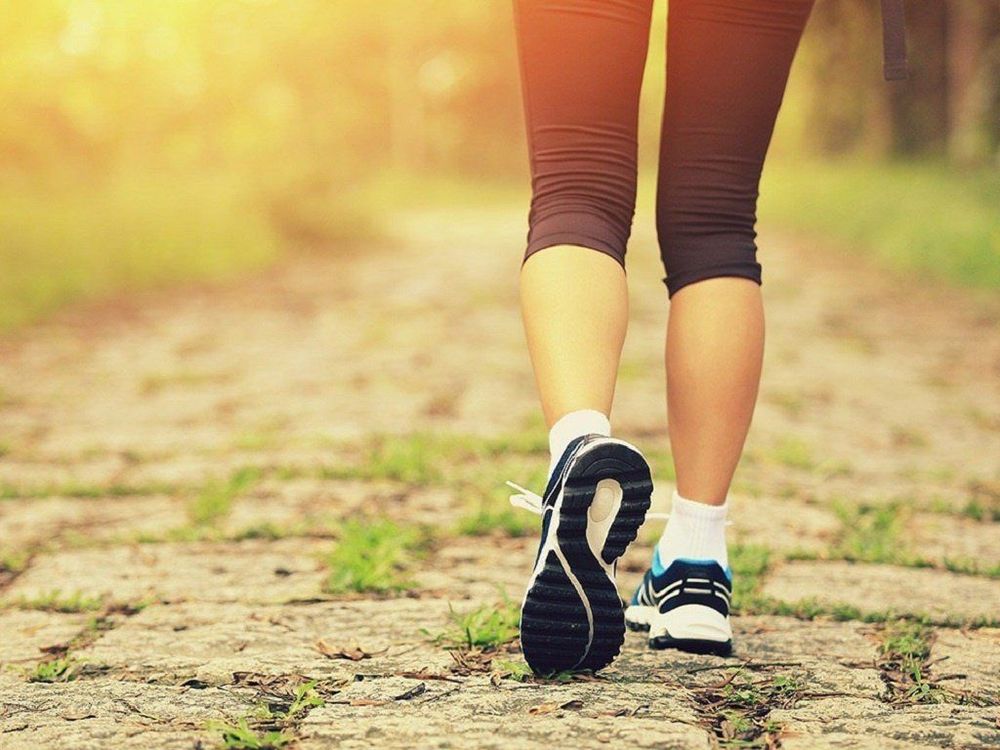
2.2 Foods to Warm the Body
Hot Tea or Coffee: Warm drinks can quickly warm the body, and you can even feel the warmth as you swallow. The steam from hot drinks can also add warmth to the face and neck area, and holding a warm cup can help warm your hands.
Soup: Warm, hot soup can have a similar effect to tea or coffee, warming the body when consumed.
Fiber-Rich Foods: Eating fiber-rich foods helps with longer digestion, which can make you feel warmer. Some foods that can warm the body include sweet potatoes, pumpkins, and cauliflower.
Protein and Fats: Protein and fats take longer to digest than carbohydrates, and the body will feel warmer. Some foods like avocados, olives, nuts, and eggs may not warm the stomach immediately, but regularly consuming these foods is good for overall health.
Iron-rich foods: Anemia can cause the body to feel cold frequently, so foods containing iron can reduce the risk of anemia. Some iron-rich foods include shellfish, beans, red meat, and leafy greens.
Calorie-Rich Foods: Cold weather makes the body expend more calories to warm itself. Therefore, nutrient-dense, calorie-rich foods can help keep the body warmer during colder months.
2.3 Abdominal Breathing
Some breathing techniques can also consume energy and generate heat to warm the body. You can practice abdominal breathing or deep breathing to increase your body temperature.
To practice abdominal breathing, follow these steps: Take a deep breath, expand your abdomen, hold the breath for a few seconds, and then exhale while contracting your abdomen. Initially, when you start practicing abdominal breathing, you may feel tired, but it will become easier as you get used to it.
2.4 Other Tips to Increase Body Temperature
Sitting Close to Others: When you feel cold, share body heat with someone else. The warm breath and body heat of another person nearby can help maintain your body temperature.
Warm Bath: A quick way to increase body temperature is to soak in warm water or take a warm bath.
Changing into Warm Clothes: If you come in from outside, your clothes may be wet due to winter weather. Change into a different set of clothes and warm them up before wearing them to feel warmer.
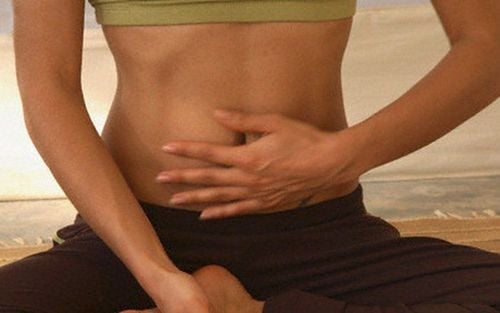
3. When Should You Seek Medical Care for Hypothermia?
If your body temperature drops below 35°C when measured with a thermometer, this is considered hypothermia and is a medical emergency that requires a doctor's attention. It can be caused by exposure to cold, which may be more likely due to advanced age and certain health conditions.
Other symptoms that require medical care include:
• Skin appears hard or feels waxy
• Skin has a distinct color such as bluish, white, gray, or red after exposure to extreme temperatures
• Blisters on the limbs when trying to warm them too quickly
• Fever after exposure to a cold environment
• Difficulty moving or muscle stiffness after cold exposure
• Unexplained symptoms that develop after being outdoors in the cold
• Confusion or disorientation
4. How to Prevent Hypothermia
Some ways to avoid getting cold:
• Wear multiple layers of warm clothing.
• Use some form of heating to warm your body at home.
• Wear socks and slippers indoors.
• Close doors in unused rooms and seal vents when not in use to create a warm environment and avoid drafts.
• Drink warm beverages, such as warm water or hot tea.
• Bring blankets when traveling on a bus or car.
• When going outside, remember to bring clothes, hats, and gloves to use when needed in cold weather.
Always protecting your body to avoid getting cold is the best way to prevent hypothermia. If you feel cold, you can apply the above measures to increase your body temperature and be aware of dangerous signs to contact medical authorities when needed.
To arrange an appointment, please call HOTLINE or make your reservation directly HERE. You may also download the MyVinmec app to schedule appointments faster and manage your reservations more conveniently.
Reference source: healthline.com
To arrange an appointment, please call HOTLINE or make your reservation directly HERE. You may also download the MyVinmec app to schedule appointments faster and manage your reservations more conveniently.

